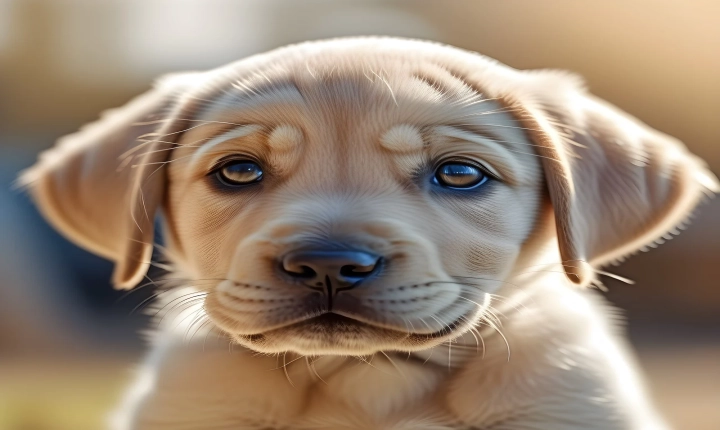Title: The Rise of AI-Generated Images: How Are People Making AI Pictures?
In recent years, there has been a significant increase in the use of artificial intelligence (AI) to create stunning and realistic images. This technology has revolutionized the way images are produced, enabling people to generate intricate designs and lifelike photographs with just a few clicks. But how exactly are people making AI pictures, and what are the implications of this emerging trend?
One of the primary methods for creating AI pictures is through the use of generative adversarial networks (GANs). GANs consist of two neural networks – a generator and a discriminator – which work in tandem to produce high-quality images. The generator creates images based on random inputs, while the discriminator evaluates these images and provides feedback to the generator. Through a process of iteration and refinement, GANs can produce incredibly detailed and realistic images that are virtually indistinguishable from those captured by a camera.
Another technique for generating AI pictures involves the use of style transfer algorithms. These algorithms leverage the power of convolutional neural networks to apply the visual style of one image to another. By combining the content of one image with the style of another, these algorithms can produce visually striking and unique creations. This process has been employed in a wide range of applications, from creating art to enhancing photographs and videos.
Furthermore, AI-powered image generation platforms have emerged, allowing users to produce custom images without any background in graphic design or photography. These platforms often leverage advanced AI algorithms to automatically adjust color, composition, and other visual elements to create captivating images. As a result, individuals and businesses can quickly and easily produce quality images for a variety of purposes, from marketing materials to social media posts.
The implications of AI-generated images are far-reaching. On one hand, this technology offers unprecedented creative potential, enabling artists, designers, and photographers to push the boundaries of visual expression. It also provides a cost-effective way for businesses to create high-quality visual content, reducing the need for professional photography services. However, there are concerns regarding the ethical implications of AI-generated images, particularly in terms of digital manipulation and the potential for misuse.
The rise of AI-generated images also raises questions about the future of visual storytelling and media representation. With the ability to create hyper-realistic images at scale, there is the potential for misinformation and the dissemination of fake news. It is essential for creators and consumers to be mindful of the authenticity and provenance of AI-generated images, especially in an era where visual content plays a significant role in shaping public opinion.
In conclusion, the emergence of AI-generated images represents a significant advancement in visual technology, empowering individuals and businesses to create impactful and compelling visual content. As AI continues to evolve, it is crucial to recognize the ethical and societal implications of this technology and to use it responsibly. By understanding how people are making AI pictures and the potential impact of this trend, we can harness the power of AI for positive and meaningful outcomes.
